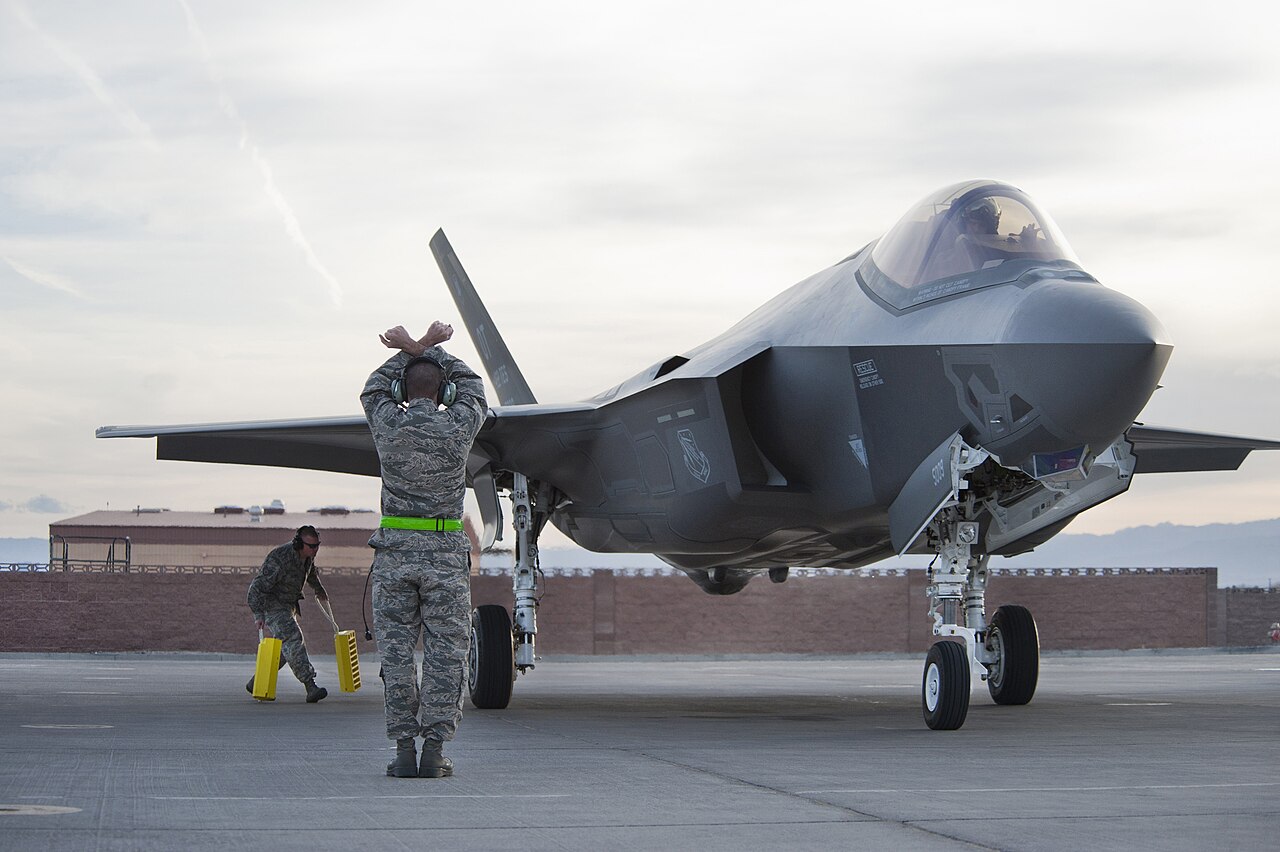
The Government Accountability Office last month reported significant concerns with the F-35 Joint Strike Fighter program in its report, “F-35 Joint Strike Fighter: More Actions Needed to Explain Cost Growth and Support Engine Modernization Decision.” The GAO highlighted not only the escalating costs of the program but also operational challenges, particularly the percentage of aircraft that are currently operable.
According to the GAO, a considerable number of the F-35 fleet is not achieving the required operational readiness goals. As of March, approximately 55 percent of F-35s operated by the U.S. Air Force, Marines, and Navy are capable of performing at least one of their designated missions, indicating ongoing readiness challenges for the overall U.S. F-35 fleet.
This issue, coupled with the need for clearer decision-making regarding engine modernization and cost overruns, places the program — one of the most costly military aircraft projects — under increased scrutiny. The report calls for improved maintenance, cost management, and strategic planning to enhance the program’s effectiveness and efficiency.
The F-35 Lightning II, developed by Lockheed Martin, is a highly advanced fighter jet used by the U.S. military. It’s designed for various missions, including air combat and ground attacks. The program includes three versions: the F-35A for the Air Force, the F-35B for the Marine Corps, and the F-35C for the Navy, each adapted to the specific needs of these branches.

